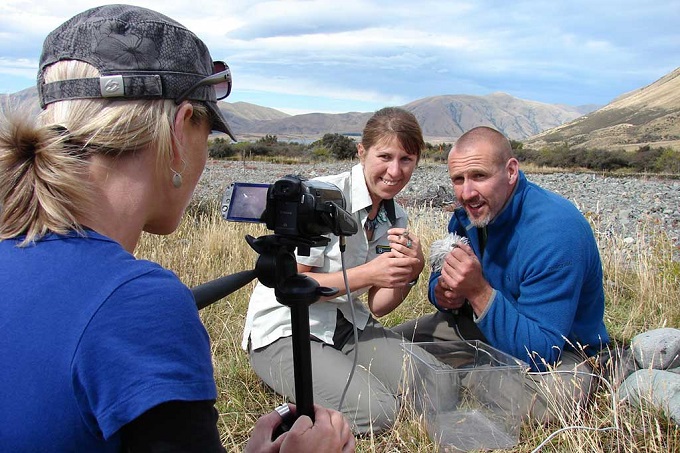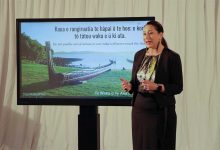Five tips for connecting with your students through video

The Covid-19 pandemic has shown us the value of having alternative ways to connect with students in the absence of a traditional face-to-face classroom setting.
Additionally, with ongoing development in the area of innovative learning environments, recording yourself in video format is a practical way of reaching your students at any time and at any place.
As a LEARNZ field trip teacher, I have enjoyed producing videos that connect learners to a range of inspiring people, places, and projects. They play a key role in our LEARNZ field trips website, providing ākonga with an online learning experience that expands their classroom walls.
Learning through video has a number of benefits:
- they offer both visual and auditory options
- they are accessible on multiple devices
- learners can pause and rewind them
- they are today’s basic source of information which young people are already in the habit of using.
Here are five key tips that have helped me to better connect with learners via video. I hope you find these tips useful if you do decide to go down the make-your-own-video route.
1. Copy other people
I have been part of several field trips where ‘the bugman’ Ruud Kleinpaste was our field trip guide. Ruud is a great speaker and entertainer, his years of experience fronting and appearing in TV shows was obvious when making videos with him. His ‘performances’ in front of the camera were inspiring. I couldn’t help but try to copy his expressions and mannerisms a little bit. I knew I would never be Ruud Kleinpaste, but attempting to imitate aspects of his presentation style, along with other entertaining presenters over time, has assisted greatly in crafting my own video persona.
Here are a couple of field trip video examples where I interview Ruud:
Tracking tunnels
Habitat for kiwi in Tongariro Forest
2. Exaggerate
Once you have a bit of a handle on your own video presentation style, I then recommend exaggerating it. Not to the point of being melodramatic, more like being just a bit over the top. I liken it to acting, in that I want my audience to believe what I am saying and be enthused by the content. After all, if I want students to enjoy the video I have to at least look like I’m having fun!
This tip is especially valuable if you fear the students might not be immediately interested in the content. The following clip, taken from the recent Climate Change field trip, is a good example. Climate science may not be the most riveting of topics, but believing that it is and acting accordingly goes a long way to convincing the audience that it is a topic worthy of their attention.
Exaggerate your enthusiasm
3. Less is more
A three day LEARNZ virtual experience typically has around 12 videos in total. At 3 to 4 minutes per video that’s quite a lot of content. While there is often a sequence of videos, each one is made to stand alone. We feel that by focusing on only one topic or concept per video, the result is a more digestible watch. Too many ideas in one video can get confusing and if you rabbit on for too long your audience will simply lose interest. You need to cater for the length of attention span related to your target audience. Get to the point and make the learning intention clear.
This video from the 2017 Opera field trip is a good example where only one key idea is explored in a relatively short time frame:
Learn a stage combat secret
4. Talk to the students, not the camera
The whole idea of a LEARNZ virtual field trip is to “take” your students to inaccessible destinations. As a field trip teacher, I must engage with students in ways that connect them to the people we meet and the places we go so that they buy into the concept of “being there”. A helpful trick that I use is to imagine the students are right there with me. When I look at the camera, I imagine it is a class of students, not a camera. I say things like “right now you are in/at…” or “here you can see…” or “come with me”. Describing sounds and smells to paint a picture can also help with this engagement.
Talk to the audience
5. Find a consistent intro and outro
A consistent video beginning and ending builds familiarity and certainty. It acts like a cue for students that says “alright everyone, eyes this way – I’ve got something important to tell you so please listen carefully”. I use this technique for field trip introduction videos where it is just me in front of the camera and no field trip guide. You might notice some of your favourite YouTube or TV personalities using this technique. It is a good way to set up and frame what the learning intention of the video is, e.g. “Kia ora tātou, welcome to another exciting instalment of …in this video we are going to be looking at…” or something to that effect.
Consistent beginning and end
Making videos for your students might be something you and they find useful. They are a permanent record of instruction that are always available for future use. And given the increasingly flexible nature of teaching and learning, they might just become one of your key teaching tools.









